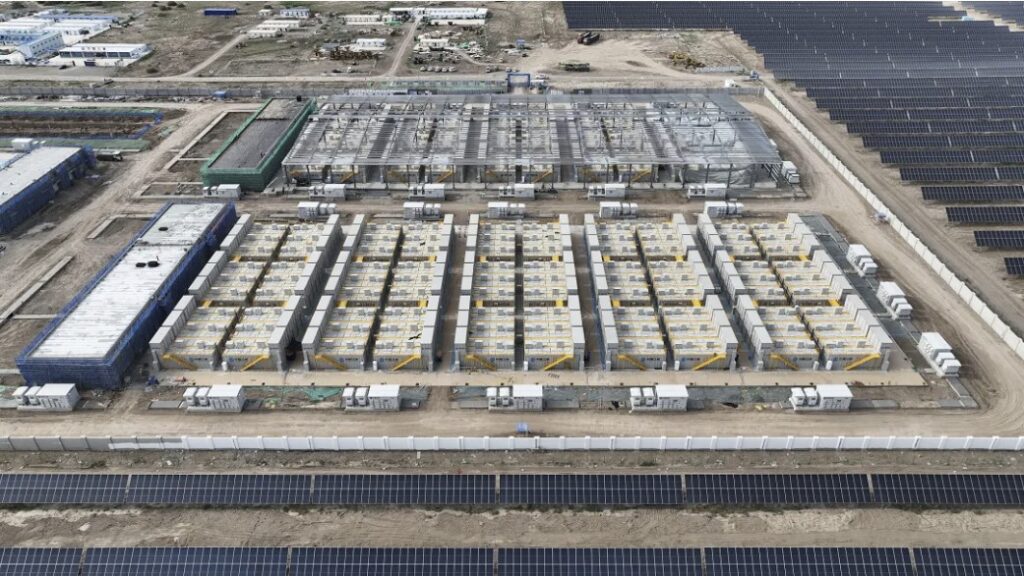World’s largest sodium-ion battery goes into operation

China’s state-owned power generation enterprise Datang Group said on June 30 that it had connected to the grid a 50 MW/100 MWh project in Qianjiang, Hubei Province, making it the world’s largest operating sodium-ion battery energy storage system.
The project represents the first phase of the Datang Hubei Sodium Ion New Energy Storage Power Station, which consists of 42 battery energy storage containers and 21 sets of boost converters. It uses 185 ampere-hour large-capacity sodium-ion batteries supplied by China’s HiNa Battery Technology and is equipped with a 110 kV transformer station.
Previously, the largest operational sodium-ion system was the China Southern Power Grid’s Fulin 10 MWh BESS project, located in Nanning, southwestern China. The power station, which represents the first phase of a 100 MWh project, also features HiNa Battery’s cells.
According to Datang Group, one of China’s five large-scale power generation companies, the project team has overcome many difficulties to bring the Qianjiang project to fruition.
The company describes the project as the first large-scale and commercial application of large-capacity sodium-ion energy storage systems and sees a lot of advantages in this type of battery chemistry.
“Sodium-ion batteries have excellent safety and low-temperature operating performance. They can still guarantee 85% charge and discharge efficiency at minus 20 degrees Celsius, which is unmatched by other batteries. They can also guarantee 1,500 charge and discharge cycles at a high temperature of 60 degrees Celsius. Their puncture resistance and impact resistance are much better than that of ordinary batteries,” said Cui Yongle, project manager of Datang Hubei Sodium Ion Energy Storage.
According to Datang Group, the power station can be charged and discharged more than 300 times a year. A single charge can store up to 100,000 kWh of electricity and release electricity during the peak period of the power grid. It can meet the daily power needs of around 12,000 households and reduce carbon dioxide emissions by 13,000 tons annually.
Another major participant in the project was Sineng Electric, which provided its 2.5MW string PCS MV solution, designed to align with the sodium-ion battery storage system’s wide DC voltage range, supporting rated output power from 700V to 1500V. Sineng Electric recently commissioned a 100MW/200MWh energy storage project in the coastal area of Shandong. The Chinese company recently signed a supply agreement with the German semiconductor chip manufacturer Infineon Technologies AG to use in Sineng’s PCS technology.














